Search the site for a moth name or other keyword


Notes about Larvae
2. The larvae of some species are difficult to find because they are camouflaged. Often such larvae are green in colour and eat mainly at night. They are not easily found except by shaking the food plant and other active methods.
3. Other species are easily found -
(a) because they are toxic to birds
or otherwise inedible such as covered in spines or
(b) because they are imitating
a species which is toxic and so is avoided by predators.

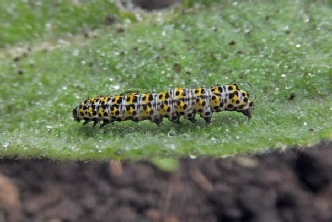
An instar 3 of a Mullein moth casts its skin and an instar 4 emerges
An instar 3 of the Mullein moth
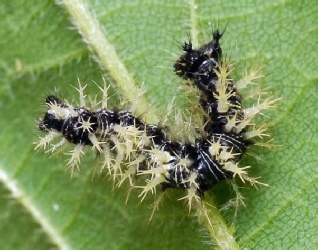
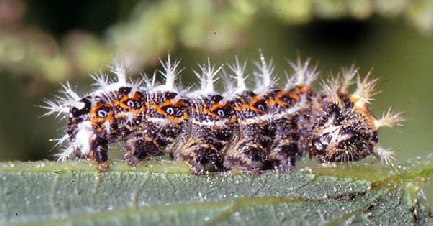
An instar 2 of the Comma butterfly
A final instar of the Comma butterfly
4. The Lepidoptera go through 4 main stages of development -
1. If you find an insect larva it is not always easy to decide if it is a moth or
not. The two obvious groups which look like moth larvae are :-
(a) Butterflies -
(b) Sawflies -
A sawfly larva can usually be distinguished from a moth larva by counting
legs. Moth, butterfly and sawfly larvae all have 3 pairs of true legs at the front
and a number of pairs of false ‘prolegs’ behind. For butterflies and moths the number
of prolegs is almost never more than five and for sawflies it is almost never fewer
than six.

Larvae of sawfly Croesus septentrionalis in their alarm position showing clearly that they have 3 pairs of true legs and 6 pairs of prolegs.
Larva of Emperor moth. It has 3 pairs of true legs, 4 pairs of prolegs and anal claspers.
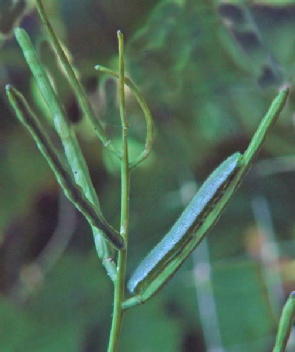
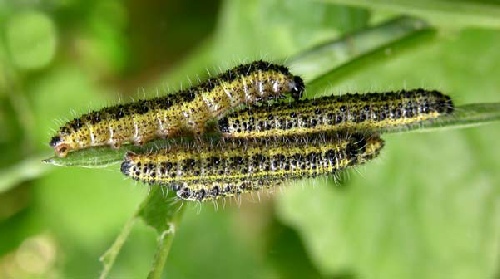
On the other hand the larva of a close relative, the Large White butterfly, is not disguised at all and feeds openly in a group.
The larva of the Orange Tip butterfly is green and looks like the seed pods it eats.



